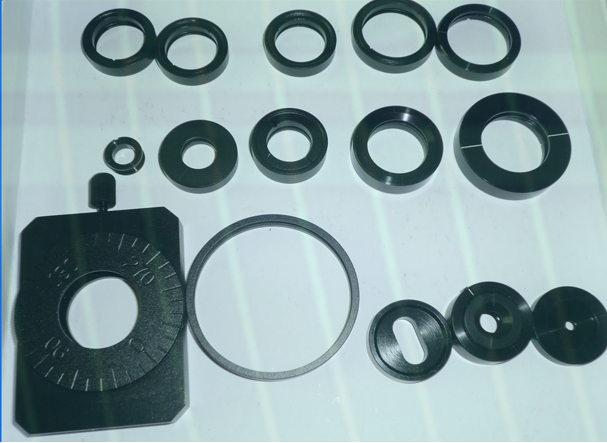The difference between a router and a bridge The bridge works at the second layer of the OSI model, the link layer. Complete the forwarding of data frames (frame), the main purpose is to provide transparent communication between connected networks. Bridge forwarding is based on the source and destination addresses in the data frame to determine whether a frame should be forwarded and to which port. The address in the frame is called the "MAC" address or "hardware" address, which is generally the address carried by the network card. The role of the bridge is to interconnect two or more networks to provide transparent communication. The devices on the network cannot see the existence of the bridge, and the communication between the devices is as convenient as being on an Internet. Because the bridge is forwarded on the data frame, it can only be connected to the same or similar networks (data frames with the same or similar structure), such as between Ethernet, between Ethernet and token ring Interconnection, for different types of networks (different data frame structure), such as between Ethernet and X.25, the bridge is powerless. The network bridge expands the scale of the network, improves the performance of the network, and brings convenience to network applications. In previous networks, the application of network bridges is more widespread. But the interconnection of bridges also brings a lot of problems: One is broadcast storm. The bridge does not block the broadcast messages in the network. When the scale of the network is large (a few bridges, multiple Ethernet segments), it may cause Broadcast storm (broadcasTIng storm), caused the entire network to be filled with broadcast information, until completely paralyzed. The second problem is that when interconnected with the external network, the bridge will combine the internal and external networks into one network, and both parties will automatically open their network resources to the other side. This interconnection method is obviously unacceptable when interconnecting with external networks. The main source of the problem is that the bridge simply communicates the network to the maximum, regardless of the information being transmitted. The router works at the third layer of the OSI model, the network layer. The router uses network addresses (ie, IP addresses) on the "logic" defined by the network layer to distinguish different networks, realize interconnection and isolation of the networks, and maintain the independence of each network. Routers do not forward broadcast messages, but restrict broadcast messages to their respective networks. The data sent to other networks is first sent to the router, and then forwarded by the router. IP routers only forward IP packets, blocking the rest of the network (including broadcasting), so as to maintain the relative independence of each network, which can form a large network with many networks (subnets) interconnected. Because of the interconnection at the network layer, routers can easily connect to different types of networks. As long as the network layer runs the IP protocol, it can be interconnected through routers. The router has multiple ports for connecting multiple IP subnets. The network number of the IP address of each port must be the same as the network number of the connected IP subnet. Different ports are different network numbers, corresponding to different IP subnets, so that the hosts in each subnet can send the required IP packets to the router through the IP address of their own subnet.
Coupletech Co., Ltd. also supply Opto-mechanics products including optical mechanical adjustments racks, Pockels Cell holder ( Q-Switch holder), water-cooled modules ( water-cooled holder ), air-cooled modules ( air-cooled holder ), Crystal Mount, Mirror Mount ( Optical Mount ), ploarizer holder and other optics-related products but also according to the customer's need to design and assemble the relevant systems.
For matching our EO Q-Switch, EO modulator, Optical Crystal and mirror, we offer all kinds of Kinematic Mounts, e.g. one dimensional, two dimensional, three dimensional and four dimensional adjusting mount, post, rails, brackets, bases, carries and clamps. Cooling module is suitable for higher power pulsed Q-Switched laser. Coupletech is constantly adding new opto-mechanics to better serve our customers.
Opto-mechanics Optical Stages,Optical Mount,Optical Rails,Pockels Cell Positioner,Crystal Holder,Rotation Kinematic Mounts Coupletech Co., Ltd. , https://www.coupletech.com
